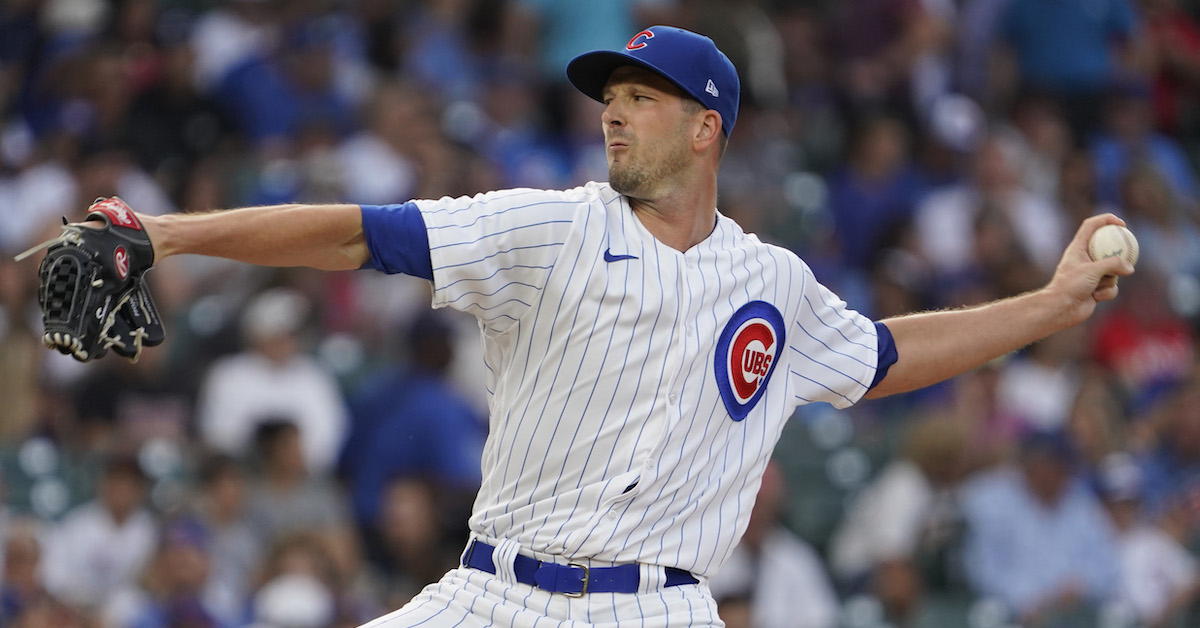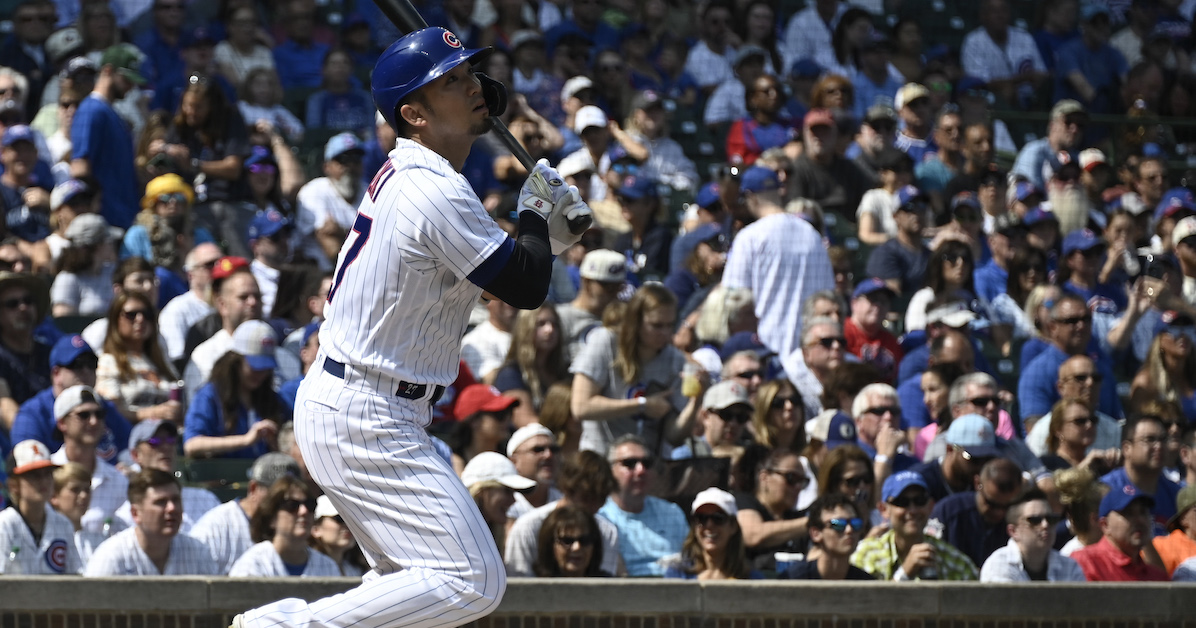Is Drew Smyly Finally Making Up Lost Ground?

Perhaps it’s too soon to say that Drew Smyly has turned his season around from the bullpen, but he’s certainly on the right track. In 22 starts this year, he pitched to a 5.40 ERA and a 5.32 FIP. Opposing batters slashed .274/.337/.501 against him; in other words, he turned the average hitter into Austin Riley. On the flip side, Smyly has a 3.72 ERA and 3.41 FIP in 19.1 innings of relief. Over the past month, he has looked even better. The small sample size disclaimer applies, but even so, his 2.61 ERA and 2.29 FIP are notable. His opponents are slashing .237/.293/.421; that’s less Riley and more Hunter Renfroe.
As a starter, Smyly wasn’t a big strikeout threat. Yet, as a reliever, he has struck out 27 of the 80 batters he has faced. That’s a 33.8% strikeout rate, or 12.57 K/9. Since his first relief appearance on July 22, he ranks among the top ten qualified NL relievers in both metrics. Even better, he has upped his strikeouts without giving out any more free passes. His 8.0% walk rate was run-of-the-mill for a starting pitcher, but his 7.5% rate is significantly better than average for a bullpen arm.
The pitch-level data helps to explain Smyly’s transformation into a strikeout artist. He’s throwing all three of his pitches with increased velocity and using his best whiff pitch, his curveball, more often. His zone rate is up, as is his chase rate, and as a result, he’s earning more whiffs and first-pitch strikes.
Now that I’ve thoroughly impressed you with tales of Drew Smyly reborn, it’s time to come clean. The veteran southpaw’s performance as a reliever isn’t the real reason I’m writing about him today. As good as he’s been, I need to see more than 11 appearances before I dub him the next Dennis Eckersley. But while I was comparing Smyly’s stats between the bullpen and rotation, one number stood out more than any other — more than the velocity, more than the walks, and even more than the strikeouts. Read the rest of this entry »









